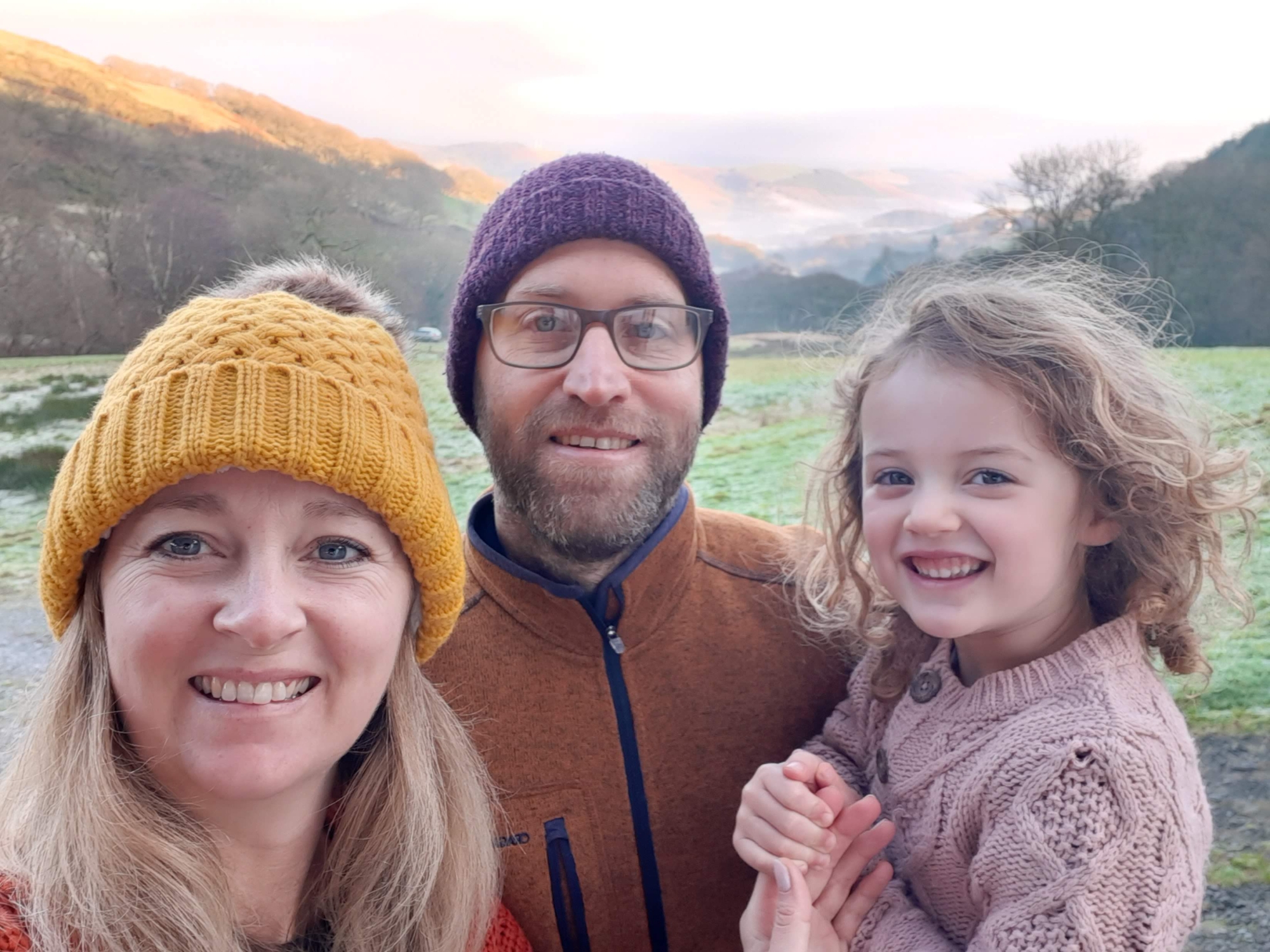Long gone are the days when online content was written for the benefit of Google alone. Packed with keywords and soullessly written simply to trick the bots into pushing the website up in search rankings, it didn’t make for enjoyable reading for real people. Thankfully, the online content of today is a whole different ball game. Original, engaging, juicy content that answers questions, enlightens or inspires online readers is the name of the game.
The key however, is delivering the right content to the right people. On these pages, you’ll find all kinds of advice on creating high quality travel content, from considering article length and structure, to using imagery to inspire your copy, to ensuring content works for mobile. Yet none of it matters if you don’t know who the content is for.
Knowing your audience is one of the foundation blocks of travel writing. It affects not just the subject matter, but the tone of voice, the language used, and even the style of the content. So read on to discover why you should be providing your content writing team with as much information about your target audience as you possibly can.




